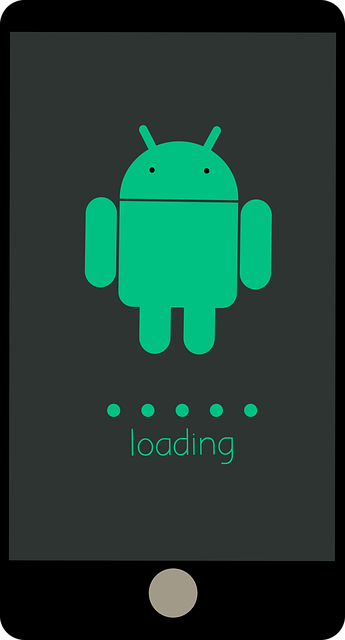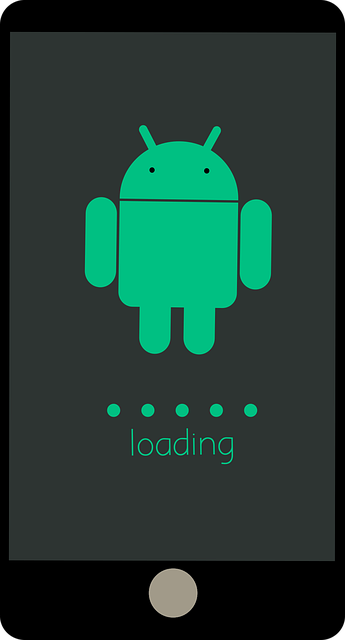
What is the Correct Android Mobile App Development Process?
October 27, 2022
Mobile Application Development is a challenging process and requires you to be able to understand the complexities of code. This can be difficult for many software developers when learning Mobile application development.
Mobile apps are quickly becoming the lifeline of our connected world. Without a doubt, Do you want your app to be among the most popular?
To succeed among hundreds of thousands of competing apps? No matter what type of mobile app you want to develop, you should let experienced developers help with the process.
But before you do, you should think about the steps you should take. There is a correct android mobile app development process, and knowing this process can help.

Correct Android Mobile App Development Process
1. Clear Vision/Idea
You may have a general idea for an app and know that it will help people somehow, but you need to create a detailed plan for how you will make your vague idea a reality.
You need to know your target audience, their needs, and how your app will solve those problems.
You need to know the core functionality of your app so that you can begin planning the features that will make it useful and appealing to users.
2. UI/UX Design
UI/UX design is the most important part of app development, as it determines how comfortable and familiar people are with the app.
While developing an Android application, the most crucial thing is to work on the User Interface (UI) and User Experience (UX) design.
UX/UI design aims to offer users a smooth, intuitive, and polished experience. On the other hand, in terms of UX, it is the way how users interact with our application.
Hence, it is essential to use appropriate UI/UX designs to make the mobile app beneficial for business.
You can't improve what you don't measure, so UX/UI design is critical for any mobile app development process.
3. Coding
Coding is the next mobile app development process. The developers write the code and build the app's structure in this stage. The code or program is created to be run on any mobile device.
The developers use computer languages such as Java, C++, flutter, and others to create programs. In some cases, they might use third-party content management and design tools.
In this phase, all the app functionalities are developed and tested. The more advanced your code is, the easier it will be for you to make changes later.
4. QA and Testing
The testing phase is one of the most crucial Android mobile app development processes. It's where you can evaluate your app's overall performance and make sure it's ready for release.
The testing phase helps identify bugs and errors, which can be fixed before publishing your app. A QA team will have a test plan with a list of actions and the desired app behavior to ensure the feature works correctly.
The QA team will run their test plan using the app. If they find errors, they'll report them to the developer who created the feature. The developer fixes them, and then they'll run their tests again.
5. Bug Fixing
When your app is ready for the public, you'll want to ensure it doesn't have bugs. The Bug fixing phase is an important stage in every Android app development project because it lets us make sure that the software your app runs on is 100% perfect and ready to run on your user's device.
Whatever problems we find during this phase will be fixed before the application can be deployed to the users.
You don't want to release an app that's not polished and ready to go out into the world. It's also important to make sure that your app is bug-free.
6. Release
You've developed your application, tested it, and designed its structure. The next step is to upload it to the Play Store.
This procedure involves the submission of screenshots of different layouts of the application that can give the users an exact idea about the functionality and user interface.
Moreover, the details about the application, its use, problem-solving ability, and features are provided as the description on the Play Store.
Summary
Hopefully, this article has been enlightening, and you'll feel confident in taking the next step of your Android mobile app development process.
You will need to make an Android app that is easy to understand and use. You will want to minimize the number of taps it takes for a user to reach their goal.



